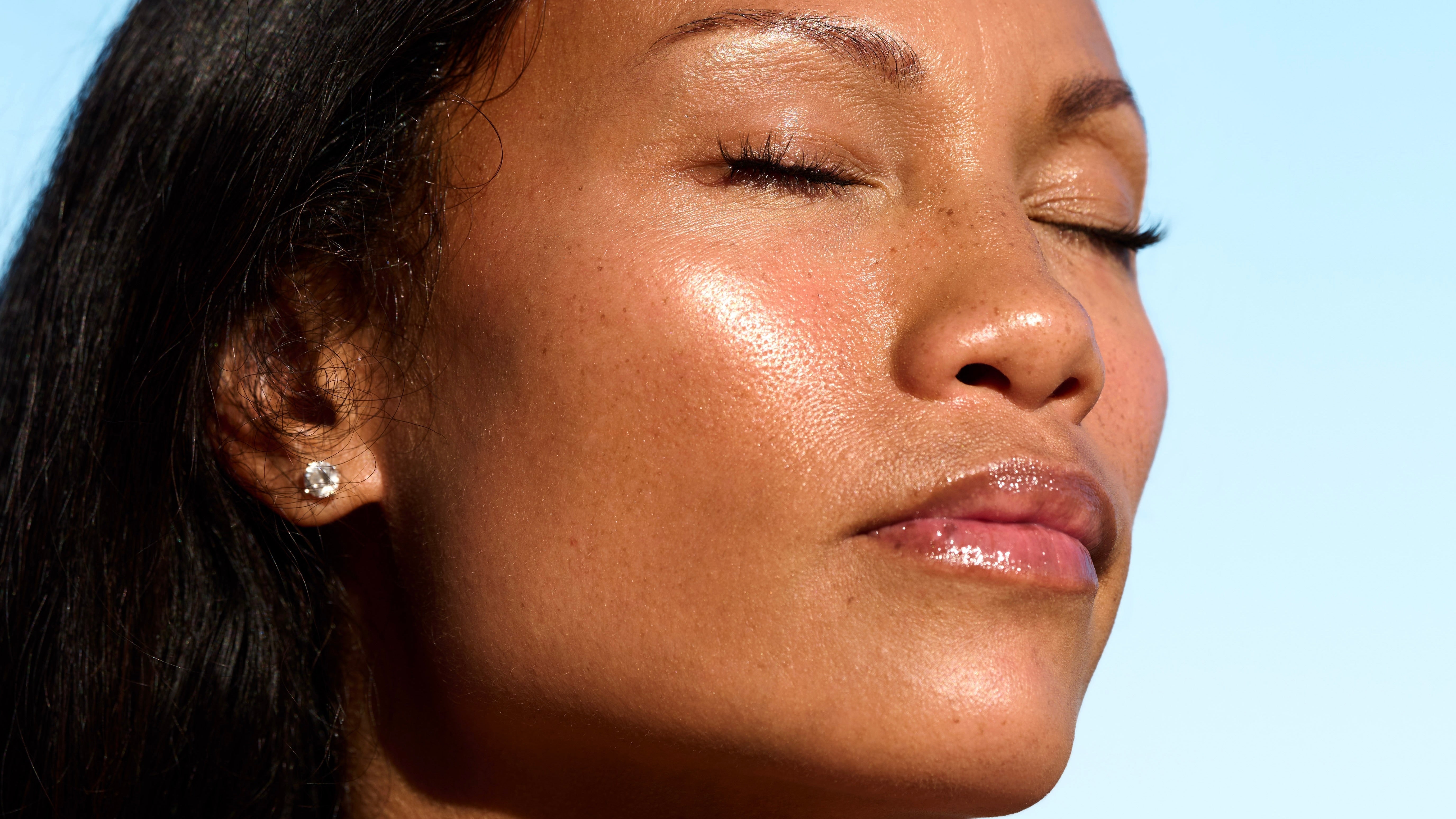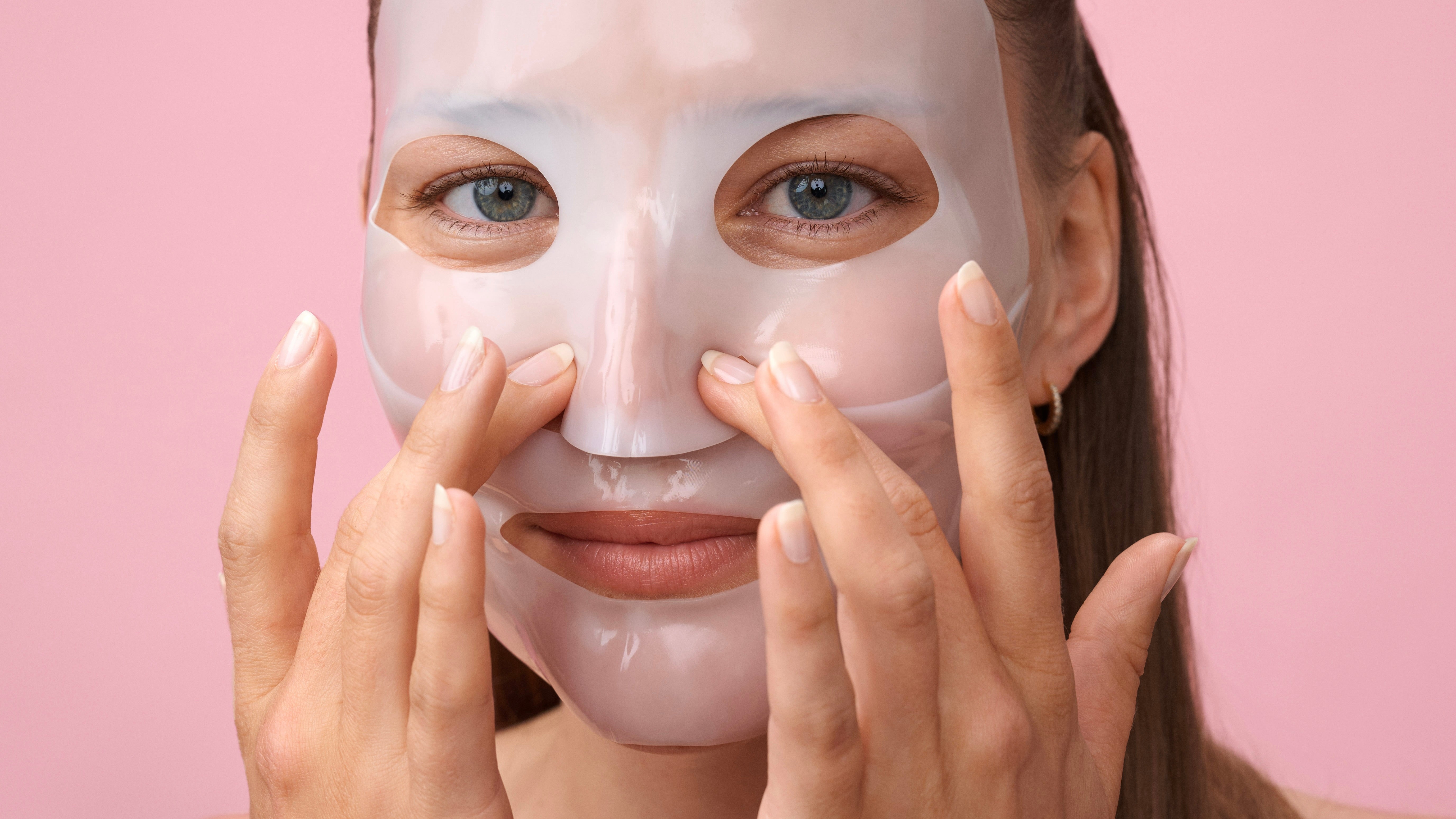
Ingredient focus- Azelaic acid 🧴
What is azelaic acid?
Azelaic acid is a multifunctional ingredient that is loved by many for its wide range of uses. It is a naturally occurring dicarboxylic acid, which means it has two carboxyl groups in its molecular structure. It may sound complicated, but in short, unlike other acids, it works more superficially, making it more gentle but effective on the skin. It is found naturally in certain cereals such as wheat, rye and barley.
Azelaic acid has several properties and below are some of the most important functions:
- Antibacterial- Works to balance the skin's microflora.
- Anti-inflammatory- Works to soothe irritated/inflamed skin.
- Inhibits melanin production - By slowing down the enzyme tyrosinase, which is important in the formation of melanin, the ingredient can reduce the overproduction of melanin. This in turn may help to reduce hyperpigmentation over time.
Unlike other active or exfoliating ingredients, azelaic acid is a milder ingredient. This means that it is often recommended for people who are more sensitive or cannot tolerate more powerful ingredients such as AHAs, BHAs or retinoids.
As it has several different properties, it can be used for acne, rosacea and pigmentation.
For acne it is effective against inflammatory acne as it works to regulate sebum through gentle exfoliation.
Azelaic acid is one of the few active ingredients that has shown clear efficacy in the treatment of rosacea - a chronic, inflammatory skin disease that often causes redness, superficial blood vessels and sometimes even rashes in the form of papules and pustules. Azelaic acid has both anti-inflammatory and soothing properties, making it particularly suitable for sensitive and irritated skin.
In addition, azelaic acid has smoothing properties as it inhibits the enzyme tyrosinase, which is involved in melanin production.
This makes it effective in treating various forms of hyperpigmentation such as acne scars (post-inflammatory hyperpigmentation) and melasma.

How is azelaic acid used?
Azelaic acid is found in different concentrations in skin care products, usually as creams, gels or serums. The ingredient can be used both morning and evening but, as always, skincare is individual and we recommend starting to acclimatize to the product slowly and gradually increasing use depending on how the skin reacts.
As azelaic acid is mild, it can be combined with other products in the routine but avoid using it immediately after exfoliating acids or vitamin A to avoid over-activating the skin which in turn can lead to a weakened skin barrier.
Dr. Ceuracle has just released a long-awaited novelty with azelaic acid as the main ingredient.
Azelaic 10 & Madeca Ampoule contains 10% azelaic acid and madecassoside, which together help to balance the skin, even out the skin texture and work anti-inflammatory.
Madecassoside is an extract of centella asiatica, a popular Korean ingredient known to support skin barrier function. The ingredient contributes to a calm and balanced skin which is ideal for the more sensitive skin.
The ampoule is designed for all skin types but is particularly suitable for combination, oily and acne-prone skin. It has a light texture that absorbs quickly without leaving a film on the skin.
The focus areas of the ampoule are:
Gentle exfoliation
Smoother skin tone and improved radiance
Soothes, moisturizes and strengthens the skin barrier
Balancing properties

Conclusion
Azelaic acid is a gentle yet effective skincare ingredient suitable for most skin types, especially sensitive, acne-prone or uneven skin. It has a mild exfoliating action, reduces visible redness, calms breakouts and evens out skin tone by regulating melanin production.
Thanks to its anti-inflammatory and antibacterial properties, it is a good choice for those who want results without compromising skin balance.
If you are unsure about how best to introduce azelaic acid or have other concerns about your skincare routine, please contact us at info@glowid.se.
We are happy to help tailor products to suit your skin and needs.


